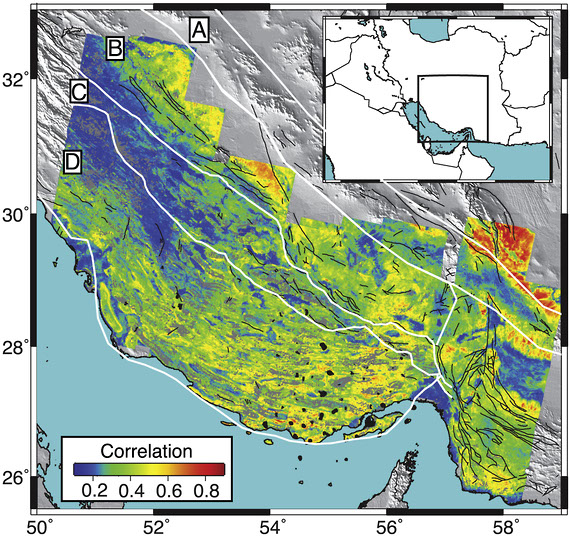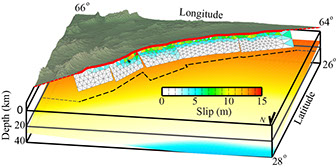



Alpine-Himalaya Belt Seismicity
High-Resolution Topography of Earthquakes
InSAR and Optical Geodesy
Earthquake Cycle Deformation
1 - 4
<
>

Research @ University of Iowa
We use high-quality geodetic observations to measure and model the earthquake cycle in different regions. This work includes detailed studies of the earthquake source itself, post-seismic deformation following the earthquake, and the potential long-term evidence of the earthquake locked into the landscape. We develop many of our software tools to do this while also using other open-source approaches. Our core goal is to answer the questions:
How does the present inform the past,
and how well does the past predict the future?
Global Earthquake Response
Geodetic and remote sensing imagery increasingly contributes to the rapid, near real-time characterization of disastrous earthquakes. Using many of the techniques we apply to fundamental earthquake research, we work with the U.S. Geological Survey's National Earthquake Information Center to provide timely and accurate information about earthquake source properties that can are included in USGS earthquake response products.
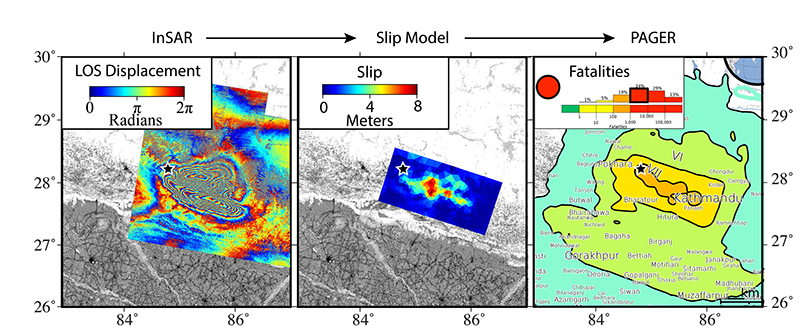
Continental Deformation
We use high resolution radar, optical imagery, and topographic data sets to address issues related to regional active tectonics. Topics of research interest include the contributions of fault slip to the development of geological structures, variable fault behavior over multiple seismic cycles, volcanic deformation, and characterization of regional tectonic geomorphology through remotely sensed observations.
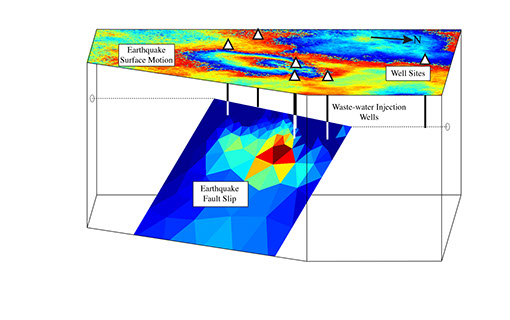
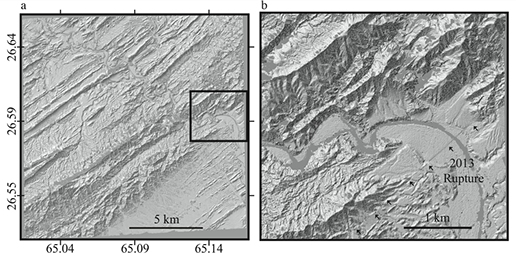
Current Research Locations:
Iran and Pakistan
Nepal
Southern California
Oklahoma
Remote Sensing Geodesy
Remote sensing geodesy is one of the fastest evolving fields in the Earth sciences. We work to develop new approaches for the application and analysis of InSAR and InSAR time series, optical imagery, and high-resolution topography. Recent work has included continent-scale InSAR time series analysis, development of high-resolution stereogrammetric DEMs for differencing, identification of soil moisture changes and liquefaction, and development of Artificial Neural Networks for transient strain detection.
